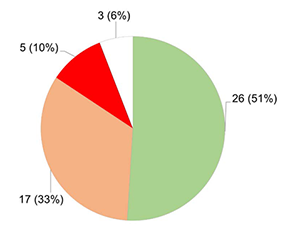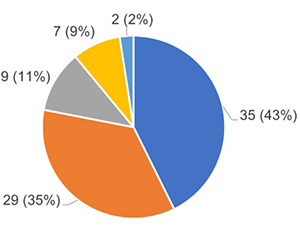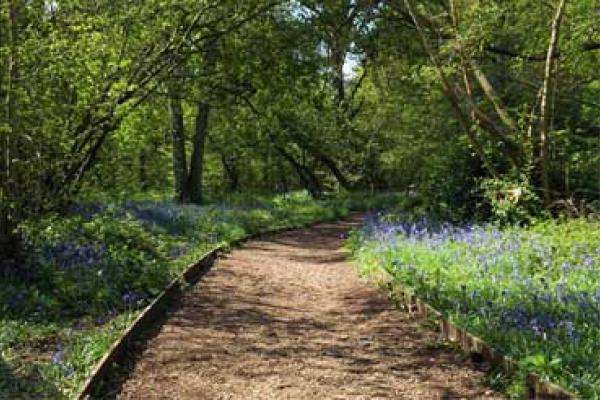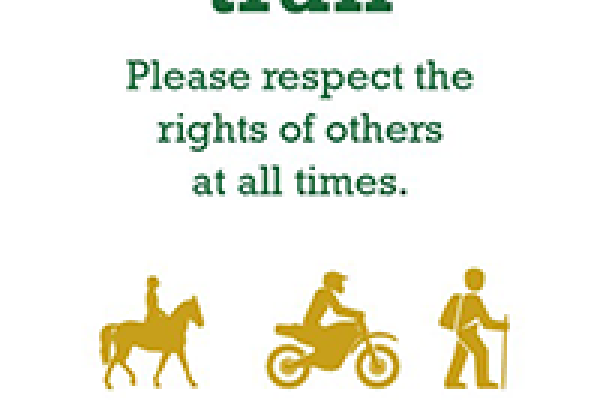
Progress
The review was completed in January 2023.
At that time, of the 51 targets set for action between 2017 and 2027:
- 26 (51%) had been fulfilled or were on target for completion
- 17 (33%) had made progress but need some attention to meet the target
- 5 (10%) had stalled or risk not being met by 2027
- 3 (6%) were either no longer relevant or are to be discontinued



